Drain Moths vs. Drain Flies: Understanding the Difference
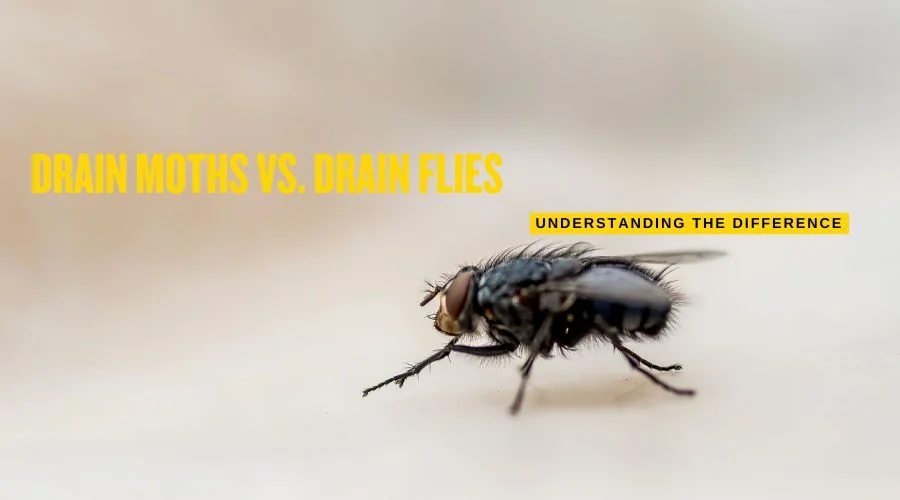
Drain Moths vs. Drain Flies: Understanding the Difference
If you’ve ever noticed tiny flying insects around your sink or drain, you might have wondered what they are. Many people assume they’re all the same, but there’s actually a difference between Drain Moths vs Drain Flies.
While both pests thrive in damp environments and can be a nuisance, they have distinct characteristics, behaviors, and risks. Understanding the difference can help you get rid of them more effectively and keep them from coming back.
Let’s break it down in simple terms so you can identify Drain Moths vs Drain Flies and how to deal with it!
What Are Drain Moths?
Drain moths, sometimes called sewer moths or sink moths, are tiny, fuzzy insects that thrive in dark, damp environments. They are often mistaken for regular moths because of their furry appearance and moth-like wings. These pests breed in the organic sludge that builds up inside drains, feeding on bacteria and decaying matter.
Key Characteristics of Drain Moths:
- Appearance: Small (about 1/8 inch), with fuzzy, moth-like wings and a gray or brown color.
- Habitat: Found in drains, sewers, and other moist areas with organic buildup.
- Behavior: They are weak fliers and often rest on walls near infested drains.
- Health Risks: While they don’t bite or sting, they can spread bacteria and trigger allergies when their body fragments become airborne.
What Are Drain Flies?
Drain flies, also known as moth flies or sewer flies, are very similar to drain moths in their habitat and diet. However, they are slightly different in appearance and behavior. These pests also breed in moist environments and feed on organic material found inside drains.
Key Characteristics of Drain Flies:
- Appearance: Small (about 1/8 inch), with hairy bodies and large, rounded wings that resemble a moth’s.
- Habitat: Commonly found in drains, sewage pipes, and damp areas like basements.
- Behavior: Unlike drain moths, drain flies are more active fliers and may be seen moving around more frequently.
- Health Risks: Drain flies can carry bacteria from drains and spread it to kitchen counters or food preparation areas, potentially leading to contamination.
How Do I Get Rid Of Rats with Traps
Traps are one of the best rodent control methods, offering a more immediate solution than baits. Rodent traps and traditional snap traps are both effective options. Here’s how to use them:
- Place traps along walls and in areas with high rat activity.
- Bait traps with peanut butter, cheese, or other attractive foods.
- Check traps daily and dispose of caught rats promptly.
- For a more humane approach, consider live catch traps, but ensure you release captured rats far from your property.
Drain Moths vs. Drain Flies: Spotting the Differences
| Feature | Drain Moths | Drain Flies |
|---|---|---|
| Size | 1/8 inch | 1/8 inch |
| Wings | Fuzzy, moth-like | Rounded, slightly transparent |
| Flying Ability | Weak flier, stays near walls | More active flier, moves around more |
| Habitat | Drains, sewers, dark moist areas | Drains, basements, sewage pipes |
| Health Risk | Can trigger allergies and spread bacteria | Can transfer bacteria to surfaces and food |
How to Get Rid of Drain Moths and Drain Flies
Regardless of which pest you have, the good news is that the steps to eliminate them are similar. Here’s what you need to do:
Step 1: Identify the Source
- Check your kitchen and bathroom drains, basement, or any damp areas where they might be breeding.
- Look for slimy, organic buildup inside drains, as this is their food source.
Step 2: Clean Your Drains Thoroughly
- Use a drain brush to scrub away buildup inside pipes.
- Pour a mixture of baking soda and vinegar down the drain to break down organic matter.
- Let it sit for about 15 minutes, then flush with boiling water to kill larvae and bacteria.
Step 3: Use an Enzyme-Based Drain Cleaner
- These cleaners break down the organic sludge that drain pests thrive on.
- Let it work overnight for the best results.
Step 4: Fix Any Moisture Problems
- Drain moths and flies love damp places, so reducing excess moisture can prevent future infestations.
- Fix leaky pipes, ensure proper ventilation, and wipe down wet surfaces regularly.
Step 5: Maintain a Regular Cleaning Routine
- Pour boiling water down your drains once a week.
- Use baking soda and vinegar monthly to keep drains clean.
- Keep sinks and drains dry when not in use.
Envirosafe Jumbo Fly Trap Refills x 3
3 reviews Original price was: $14.95.$13.90Current price is: $13.90.Envirosafe Jumbo Fly Trap Attractant Refill – Value Pack – 18 Pieces
5 reviews Original price was: $69.90.$64.90Current price is: $64.90.Conclusion
While Drain Moths vs Drain Flies are often confused for one another, they have slight differences in appearance and behavior. Both pests can spread bacteria and thrive in dirty, moist environments, making them a potential health concern. By identifying the type of pest in your home and following the right cleaning steps, you can eliminate them quickly and prevent future infestations.
Keeping your drains clean and dry is the best way to stay pest-free. So, if you notice these tiny fliers around your sink, don’t wait—take action today!

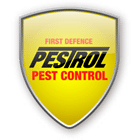



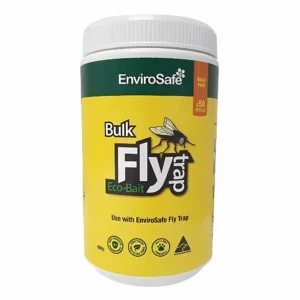
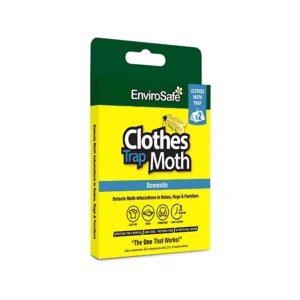
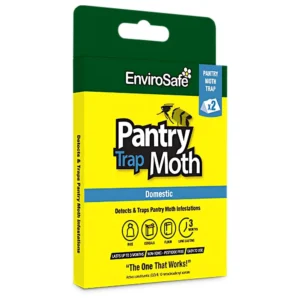
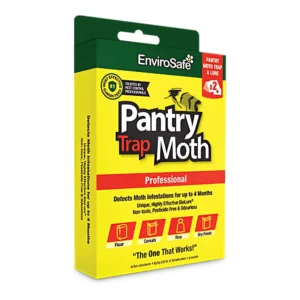
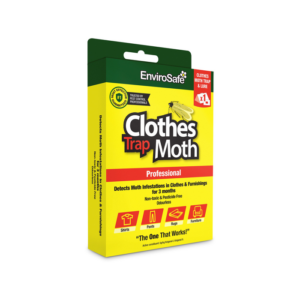
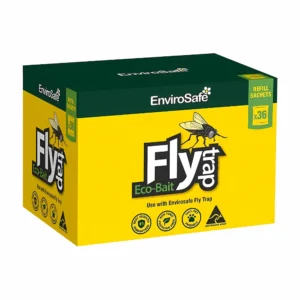
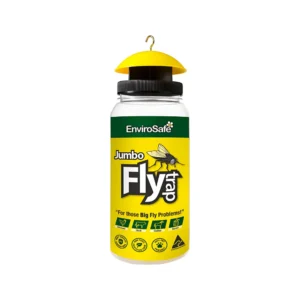
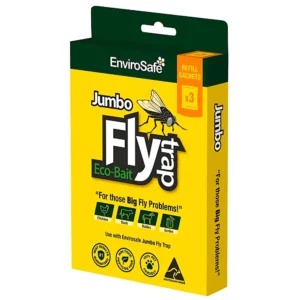

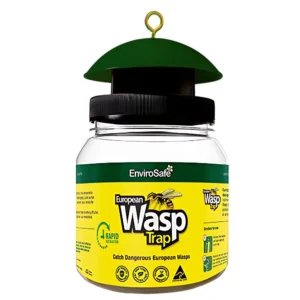
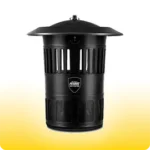 Mosquito Traps
Mosquito Traps